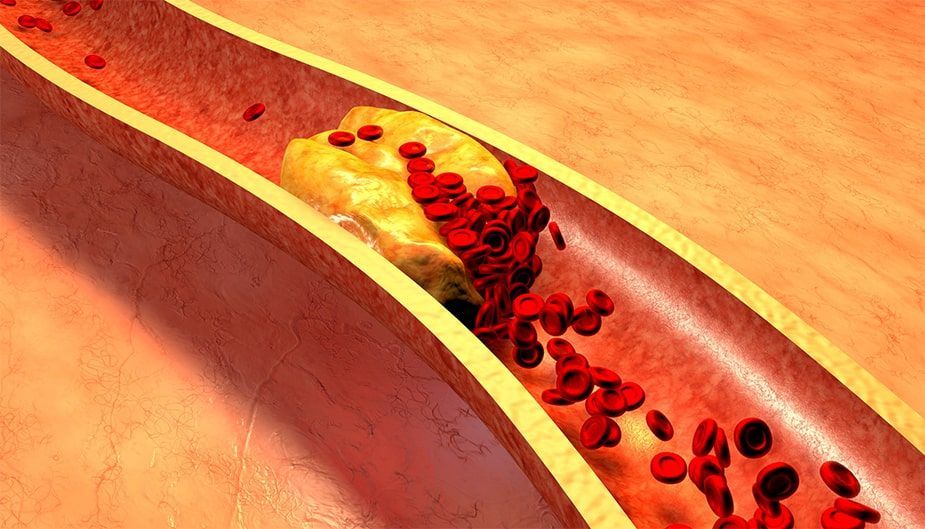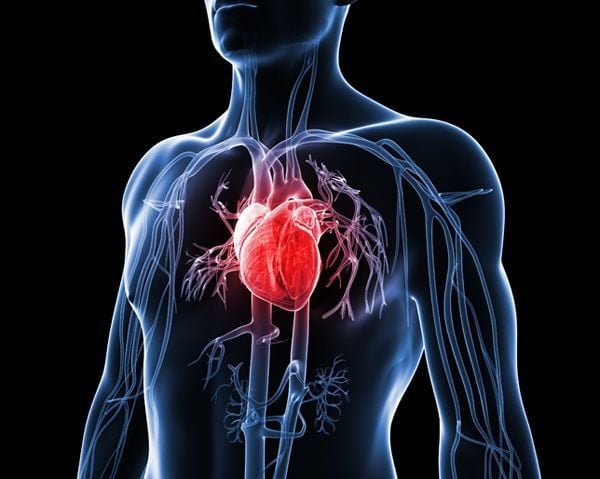My Cart
You have no items in your shopping cart.







